

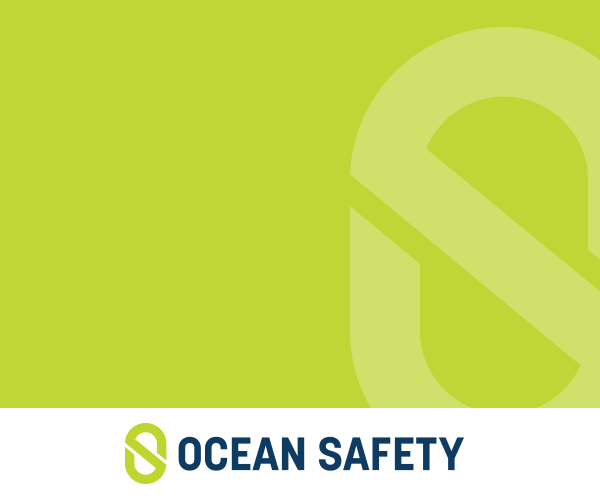
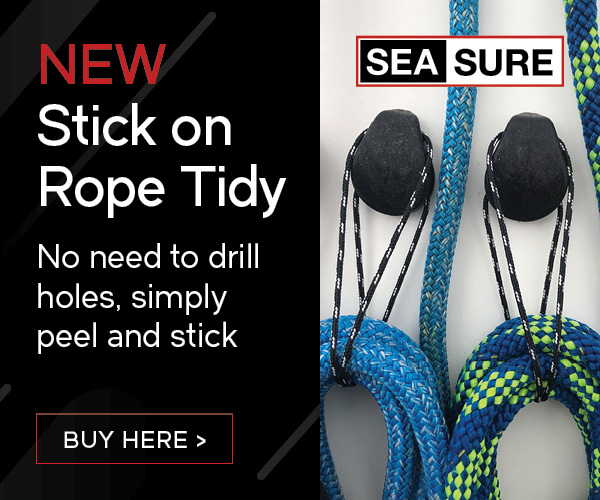
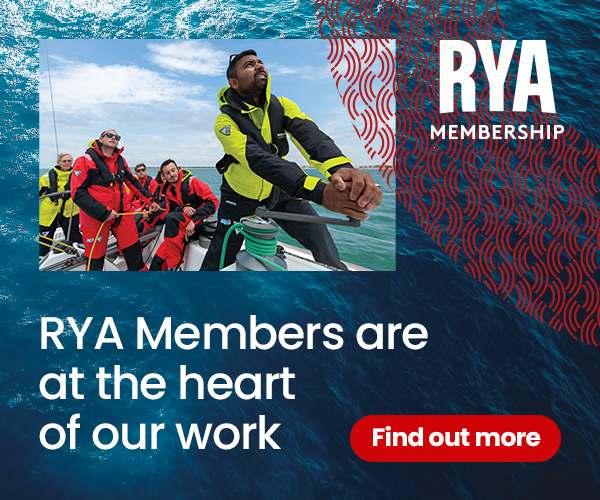
-(1)-202408140552.gif)
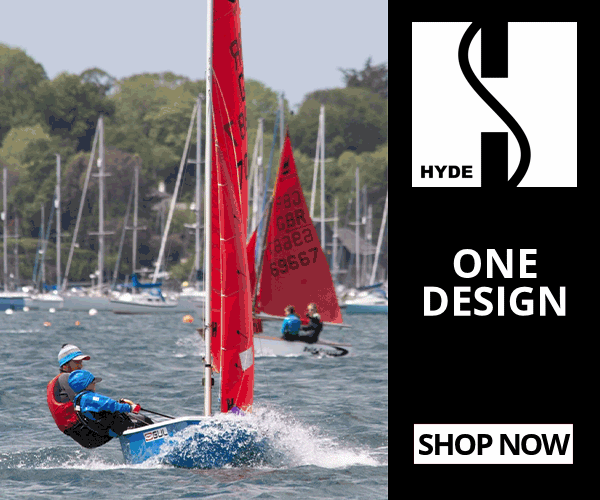

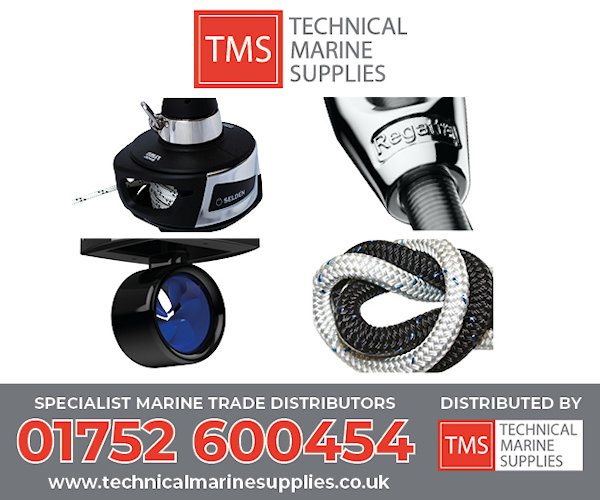

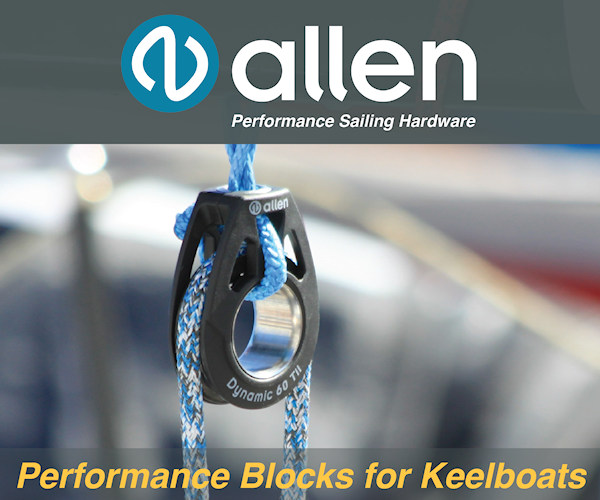
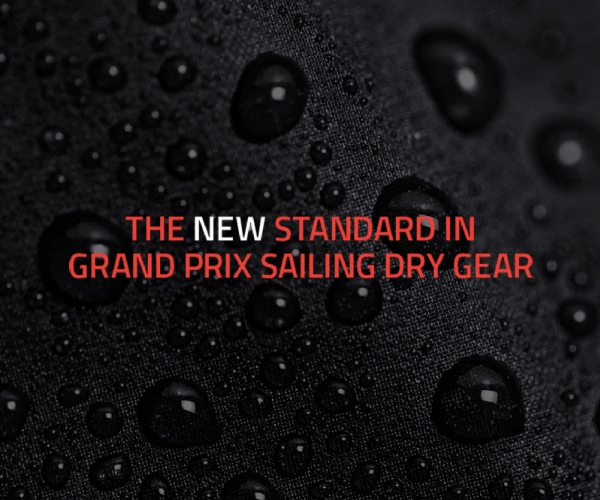
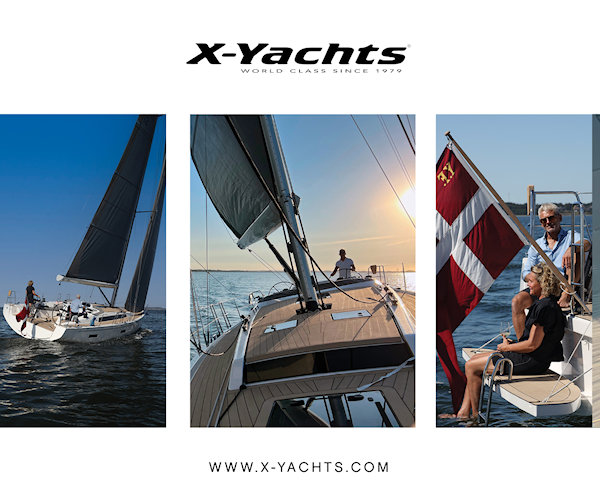
Boats for sale
| Laser 28 - Excellent example of this great design Hamble le rice |
 |
| Laser 140101 Tynemouth |
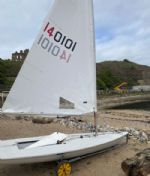 |
| Rossiter Pintail Mortagne sur Gironde, near Bordeaux |
 |
List classes of boat for sale |
Daggerboards: profiles, planforms, paranoia |
Post Reply 
|
Page 12> |
| Author | ||
ChrisB14 
Posting king 
Joined: 29 Oct 13 Location: London Online Status: Offline Posts: 101 |
 Post Options Post Options
 Quote Quote  Reply Reply
 Topic: Daggerboards: profiles, planforms, paranoia Topic: Daggerboards: profiles, planforms, paranoiaPosted: 11 Oct 14 at 5:02pm |
|
|
I was told "slow and steady wins the race", so our Farr 3.7 build is happily crawling along towards what I can only hope is victory (which in this case means it sails). Looking for something to do over the colder months, I have begun to approach the foils. The class rules are somewhere between brief and nonexistent when it comes to foils, so we have nearly all the freedom in the world. On boatdesign.net I read the very useful observation that any foil you build, no matter how bad, will be better than the one you don't build. Still, my paranoia (of the subject) of making a bad decision goes on.
I am looking for input and comments from people with more experience in this and I suspect this might be a good place to get just that. The first question is that of profiles: The consensus seems to be that the NACA 4-digit series won't be perfect, but it definitely not be bad. At the same time at least the 3.7 class seems to find that thin profiles tend to go the best. So I would suspect that a NACA 0010 or 0008 would be the best start for a first dagger board and a NACA 0012 for the rudder. On the other hand, Frank Bethwaite (in HPS1) doesn't even consider using such a turbulent flow section, assuming that laminar flow sections are the only way to go, at least for dagger/center boards. The question here is what the leeway of a performance dinghy will be. If it remains under around 3˚, a laminar section such as a NACA 63012 (possibly scaled thinner?) would be running within it's drag 'bucket', and out performing any turbulent section. If the leeway is any larger, the section pops out of this optimum flow and should have higher drag than a good turbulent section (NACA 0008). So ultimately the question boils down to: is it worth trying a laminar flow section, or just start with a basic, turbulent flow section and then see? The second question is that of planforms: Much has been written on this. I've gathered that an elliptical force distribution is ideal and that such a distribution can be quite well approximated by using a straight edged, tapered board with a taper ratio of 0.45. I have also gathered that it is a good idea to have the tip close to square at the leading edge with some rounding towards the trailing edge, to further reduce drag at the tip. At the moment my plan is to make a board with leading and trailing edge running parallel for about a third of the length and only start the taper from there on. I would taper from both edges so as to allow the thickest part of the section to remain at a constant fraction of the board (1/3 for the NACA 00XX profiles). I intend to round the corners where the taper starts (just taking the hard edge off) as well as the bottom corner of the trailing edge (with a larger radius). The rudder should be similar, but smaller (about a 1/3 of the area). I am also trying to get hold of some designs for foils in the Contender and possibly Merlin Rocket for comparison purposes. People have suggested using Musto Skiff foils as a guide, but given the much higher speed the MPS achieves, I suspect that there will be some differences. Does this sound at least somewhat reasonable or is it completely flawed? As mentioned above: any input or comments (positive and negative) are welcome!
Edited by ChrisB14 - 11 Oct 14 at 7:08pm |
||
|
B14 GBR 748 Bullet B
In build: Farr 3.7 GBR 410 (both sail number and the current number of loose parts) |
||
 |
||
Bootscooter 
Really should get out more 

Joined: 15 May 07 Location: United Kingdom Online Status: Offline Posts: 1094 |
 Post Options Post Options
 Quote Quote  Reply Reply
 Posted: 11 Oct 14 at 5:10pm Posted: 11 Oct 14 at 5:10pm |
|
|
Can't comment on the science, but I believe that Contender foils are severely restricted by the rules and have been shown to be pretty inefficient.
I know the boat is still faster than the Farr, but if the foils on the D-One are as well designed as the rest of it, that'd be a good direction to look... |
||
 |
||
JimC 
Really should get out more 

Joined: 17 May 04 Location: United Kingdom Online Status: Offline Posts: 6662 |
 Post Options Post Options
 Quote Quote  Reply Reply
 Posted: 11 Oct 14 at 6:15pm Posted: 11 Oct 14 at 6:15pm |
|
|
When it comes to planform there's an awful lot to be said for having a shape that you can easily get right, rather than trying something really adventurous and making a pigs ear of it. I'd go for two thirds parallel and the rest in an ellipse, tapering less at the front than the back so the point of max thickness is in a straight line. Last micro percent of performance - maybe not. Straightforward to build and more likely to actually be the shape you want. Sure thing.
An interesting subtlety is that I understand that a thin section is more likely to drop out of the low drag region than a thick one. If you decide to go for a laminar flow section there are arguments for keeping it thicker than a turbulent flow will be. I suppose this is especially true if you're going to be bouncing the boat into a short chop and the flow is constantly disrupted. I don't know that I'd regard the Merlin, Contender or Done as great models. Look up what the Cherub folk do if you want a UK reference. Edited by JimC - 11 Oct 14 at 6:17pm |
||
 |
||
Guests 
Guest Group 
|
 Post Options Post Options
 Quote Quote  Reply Reply
 Posted: 11 Oct 14 at 6:40pm Posted: 11 Oct 14 at 6:40pm |
|
|
Are you interested in the science or wanting a setbof foils to get sailing? If the latter, I have a set of NS14 foils gathering dust, or a set of D1, Aero, D0, or even Laser foils would get you sailing. Check out the code xflr5 if you want to design your own!
|
||
 |
||
Medway Maniac 
Really should get out more 
Joined: 13 May 05 Location: United Kingdom Online Status: Offline Posts: 2788 |
 Post Options Post Options
 Quote Quote  Reply Reply
 Posted: 11 Oct 14 at 7:13pm Posted: 11 Oct 14 at 7:13pm |
|
|
What I'd commission NASA to build for me using all their facilities would be quite different from what I would attempt to build myself.
Frankly, I wouldn't expect to build anything with much improvement over something like a higher aspect-ratio version of the Laser daggerboard - a parallelogram planform with what I believe is an NACA 00-series section (0006, maybe?). Getting the profile right is much more important than planform, and the spanwise lift distribution is not really a huge problem - not something it is worth compromising the profile over, anyway. Using a constant section means you can make up a good template then make sure the entire foil complies with it. What I'd do at the tip would depend upon how confident I was that I could predict the angle of flow to the tip. If I was really confident it was parallel to the tip, then I'd round the leading tip (à la Laser), but blend that fairly soon into a squared-off edge to keep the tip vortex as far out as possible (unlike the Laser). If uncertain of the precise flow direction, I'd be inclined to sharpen the tip edge instead of the current Laser rounded bottom edge which positively invites the tip vortex inboard. A rounded bottom edge may well have less drag at zero incidence, but will cause more induced drag when the boat is making leeway (ie. most of the time). All imho, formed by constant review since I did my third-year uni project on centreboards many years ago. I think it's dangerous to try to be too clever using a laminar section. Bethwaite's ideas make good sense in a perfect world, but I think he probably looked after his kit a good deal better than most of us. Long gone are the days when I'd fill and polish my foils on a regular basis, and laminar flow sections are a bit fussy - their use (apparently) on the Laser 2 rudder was way too idealistic! Moreover, the water we sail through is often turbulent, boat movement through waves and the crew stomping about make flow turbulent, and what happens when the Reynolds number drops in light airs? Too risky. The only time I would consider a laminar section might be on something like an Int 14 where I needed a fattish section to get the necessary stiffness on a long daggerboard. As Jim says, thin laminar sections can be fussy, whereas thicker ones are more tolerant. I doubt your Farr will want to be saddled with the draught of a 14 though!
|
||
 |
||
ChrisB14 
Posting king 
Joined: 29 Oct 13 Location: London Online Status: Offline Posts: 101 |
 Post Options Post Options
 Quote Quote  Reply Reply
 Posted: 11 Oct 14 at 7:19pm Posted: 11 Oct 14 at 7:19pm |
|
|
Thanks for the first round of very quick replies!
Boatscooter: So Contender as "teaching example" is out. D-One is an interesting suggestion, but thinking things further, I think possibly the D-Zero foils might make the better example. Jim: Yes, simple to work is what I am aiming for with regard to planform. Thus my initial idea of sticking with a trapezoidal taper. Cherubs are high on my list as well, forgot to mention them. Especially for the board they might make a really good example. Generally, it sounds a turbulent flow section might be the best thing for a first set of foils. Peaky: I have looked at xflr5 and xfoil as a learning tool. Obviously the ultimate aim is to sail the boat, but given that the boat still has a long way to go, I want to make use of the opportunity to 'geek out' on this and learn something. NS 14 is also a good suggestion. I will have a look at what they are using. In the end, I will share both the end result and the thoughts behind it on our building blog.
|
||
|
B14 GBR 748 Bullet B
In build: Farr 3.7 GBR 410 (both sail number and the current number of loose parts) |
||
 |
||
ChrisB14 
Posting king 
Joined: 29 Oct 13 Location: London Online Status: Offline Posts: 101 |
 Post Options Post Options
 Quote Quote  Reply Reply
 Posted: 11 Oct 14 at 7:31pm Posted: 11 Oct 14 at 7:31pm |
|
|
Medway Maniac: I am of course not planing on developing and building the ultimate foils. Buildability is a major factor here. The end result needs to be achievable using a router and some templates.
Hard to do that. My understanding is that on the pressure side the flow at tip will be partially downward, sweeping around the tip and upward on the low-pressure side. Thus my thoughts about squaring off the leading edge. Not my idea, of course, but gathered from "Principles of Yacht Design"
Yes, your comments further push me towards going for a turbulent flow profile. The exact profile will be limited by the requirement that the foil fit through the dagger case :) And yes: reading Bethwaite and afterwards looking at our B14 foils, I have made a mental note to fair, file, polish very soon.
|
||
|
B14 GBR 748 Bullet B
In build: Farr 3.7 GBR 410 (both sail number and the current number of loose parts) |
||
 |
||
craiggo 
Really should get out more 

Joined: 01 Apr 04 Location: United Kingdom Online Status: Offline Posts: 1810 |
 Post Options Post Options
 Quote Quote  Reply Reply
 Posted: 11 Oct 14 at 7:33pm Posted: 11 Oct 14 at 7:33pm |
|
|
I'd be very tempted to go down the route of turbulent flow sections. As you say the drag bucket on most laminar flow sections doesn't allow much margin from 3 deg of leeway and with wave action and tidal shear I have never been convinced that laminar sections work in the real world. For a start on a laminar section at dinghy foil Reynolds numbers you will need an Ra of less than 0.25, which means finishing your foils with 2000 grit or even finer. Even a speck of silt or sand will cause a turbulent wedge and really hurt the drag. My gut feel is that a really robust turbulent section will perform better around the course. There are plenty of sections out there to base it on.
Edited by craiggo - 11 Oct 14 at 7:35pm |
||
 |
||
davidyacht 
Really should get out more 
Joined: 29 Mar 05 Online Status: Offline Posts: 1345 |
 Post Options Post Options
 Quote Quote  Reply Reply
 Posted: 11 Oct 14 at 7:50pm Posted: 11 Oct 14 at 7:50pm |
|
|
Google Bransford Eck 505, the two PDF articles give.you plenty to consider.
Gutelles book on yacht design is a pretty good reference. I would go for the 4 digit section. Avoid laminar sections, it is unlikely that you will be able to manufacture a foil to the required accuracy, and unlikely that you will be able to consistently sail in the bucket. If you have access to Autocad it should be possible to draw out an elliptical section, which you could tweak to have a parallel top to be stable in the box. The classic Spitfire wing is proven and is used in Merlins (well used to be) but bear in mind this is a rotating centreboard. Don't go too flat or too small with the rudder, my guess is that the boat won't be in equilibrium all of the time, so you don't want the rudder to stall, and I guess that might want to make big adjustments to control the boat.
|
||
 |
||
Medway Maniac 
Really should get out more 
Joined: 13 May 05 Location: United Kingdom Online Status: Offline Posts: 2788 |
 Post Options Post Options
 Quote Quote  Reply Reply
 Posted: 11 Oct 14 at 11:57pm Posted: 11 Oct 14 at 11:57pm |
|
Looking at the Farr 3.7 photos, I see that the boards appear to be rakeable - i.e. the tip will be at all sorts of angles to the free stream flow at different times. In that case I'd definitely go for a sharp tip edge for a clean flow off the edge when the board is raked. I also read, however: "some guys have made boards that don't get slimmer with depth, and are not raked... and they have gone well in all conditions. ". That would firm up my resolve to use a board with parallel leading and trailing edges (i.e. no taper, and just one well-made section profile template), though I'd still go for sharpening the tip edge as you may well end up raking the board at some stage and the penalty when using it unraked will be minimal, if even measurable.
|
||
 |
||
Post Reply 
|
Page 12> |
| Forum Jump | Forum Permissions  You cannot post new topics in this forum You cannot reply to topics in this forum You cannot delete your posts in this forum You cannot edit your posts in this forum You cannot create polls in this forum You cannot vote in polls in this forum |
Bulletin Board Software by Web Wiz Forums® version 9.665y
Copyright ©2001-2010 Web Wiz
Change your personal settings, or read our privacy policy
Copyright ©2001-2010 Web Wiz
Change your personal settings, or read our privacy policy











 Printable Version
Printable Version Delicious
Delicious Digg
Digg Facebook
Facebook Furl
Furl Google
Google MySpace
MySpace Newsvine
Newsvine reddit
reddit StumbleUpon
StumbleUpon Twitter
Twitter Windows Live
Windows Live Yahoo Bookmarks
Yahoo Bookmarks Topic Options
Topic Options